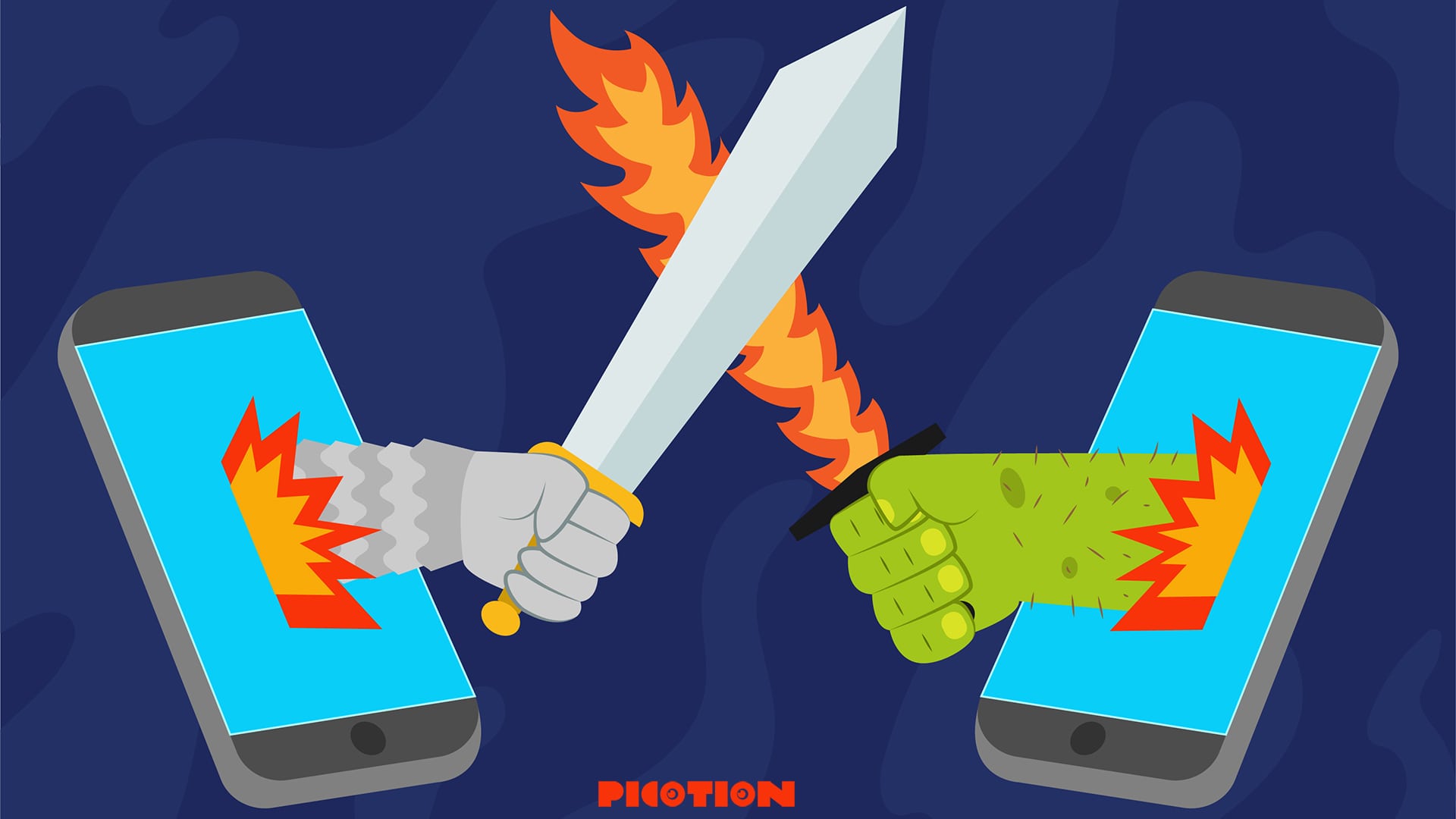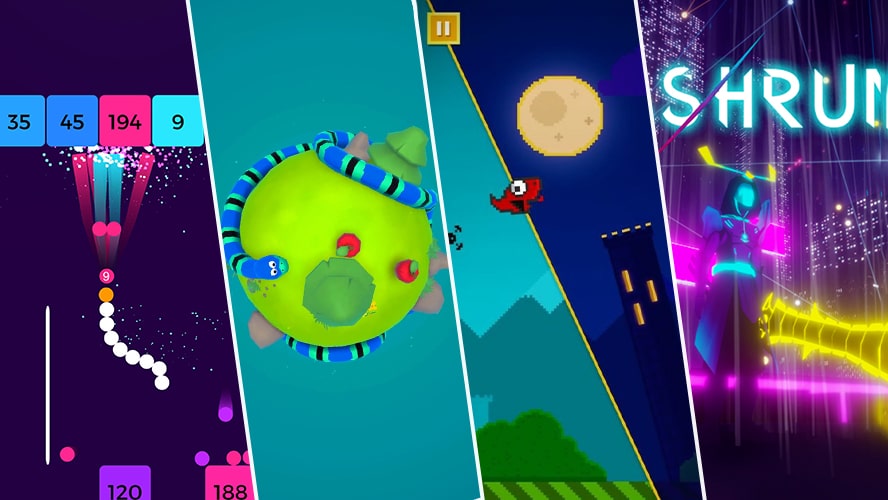Gaming has come a long way since the days of bulky consoles and high-end PCs. Today, gamers get to carry their favorite pastime in their pockets.
It’s clear that innovation knows no bounds in the realm of mobile gaming. Get ready to be pleasantly surprised by a continuous stream of exciting trends and unforgettable experiences that are on the horizon.
Here, we will uncover 11 mobile gaming trends that are set to shape the way you play, connect, and experience digital entertainment.
Mobile Gaming Industry Overview
If you’ve ever thought of creating your own mobile game or did market research to find lucrative opportunities, then you know that mobile gaming has a lot of potential. Why? Because almost everyone you know owns a smartphone and mobile games are very popular.
In fact, the mobile gaming industry is the most lucrative sector to exist (here’s why).
Latest statistics from 2023 show that there are over 2.5 billion mobile game players all over the world. And no, they aren’t just playing for fun. Mobile game players also rake in a mind-boggling $78 billion in revenue.
That’s how big mobile gaming has become in the gaming world.
Here are some amazing stats about the mobile gaming industry to give you an idea of how massive this market is now:
- It’s expected that the revenue will keep on growing steadily, at an annual rate of about 6.42%, which could lead to a market worth approximately $222.70 billion by 2027.
- In 2022, the entire gaming industry generated total revenue of $184 billion, with mobile gaming accounting for half of that figure, totaling $92 billion in market share.
- Looking ahead, we can anticipate 2.3 billion users joining the mobile gaming community by 2027.
- In 2023, the collective count of games available on app stores nears 700,000, with roughly 500,000 on Google Play and more than 180,000 on the Apple App Store.
The Secrets Behind Mobile Gaming’s Popularity
It’s safe to say that the rise of mobile gaming is something of a digital revolution. Billions of people now enjoy interactive entertainment right at their fingertips.
But why did mobile gaming become so popular?
Think of how the number of mobile games (especially idle and hypercasual games) on your smartphone went up right after the Pandemic. You were probably among the many who were looking for free, fun, and convenient pastimes to battle boredom when you came across mobile game apps.
What’s more, online mobile games foster social connectivity, and unlike PC or console games, they don’t need a high-end system to run high-quality graphics in games. What else could a bored, work-from-home, and human-touch-deprived person ask for?
Now let’s take a closer look at each of these factors.
Fun & Engaging
Mobile games are not just a way to pass the time; they’re an adventure waiting to happen right in the palm of your hand. So, next time you’re waiting for a friend, commuting to work, or just craving some quick entertainment, remember that mobile games are there to make life more fun and exciting.

Convenient & Accessible
In an age where smartphones are an extension of our lives, gaming has become as simple as unlocking your device. There is no need for bulky consoles or high-end PCs to fuss with.
Mobile games are super accessible and incredibly easy to download and play. The best part? You can enjoy them anywhere, anytime. Doesn’t matter if you’re bored at home or waiting for your date to arrive, you can simply download your favorite game from app stores and entertain yourself.
No Entry Barriers
Mobile gaming removed the barriers to entry that often intimidated newcomers to the gaming world. You don’t need to invest in expensive hardware or dedicate hours to master complex controls. Anyone can pick up a mobile game and start playing within seconds.
Also, as you’ll read in this part soon, mobile games are still mainly free to play and will most probably continue to stay that way in the foreseeable future. True, you’ll still have to pay for your favorite cosmetics, but microtransactions and mobile game subscription fees are often marginal compared to PC or console game models.
Social Interactivity
Mobile games are not just about competing against strangers but also connecting with friends and family.
Through various in-game features and mechanics, mobile games encourage players to connect, cooperate, and compete with friends, family, and even strangers from around the world.
Multiplayer games, clan or guild systems, chat features, cooperative challenges, leaderboards and rankings, social media integrations, and events are just some of such features fostering social connectivity.
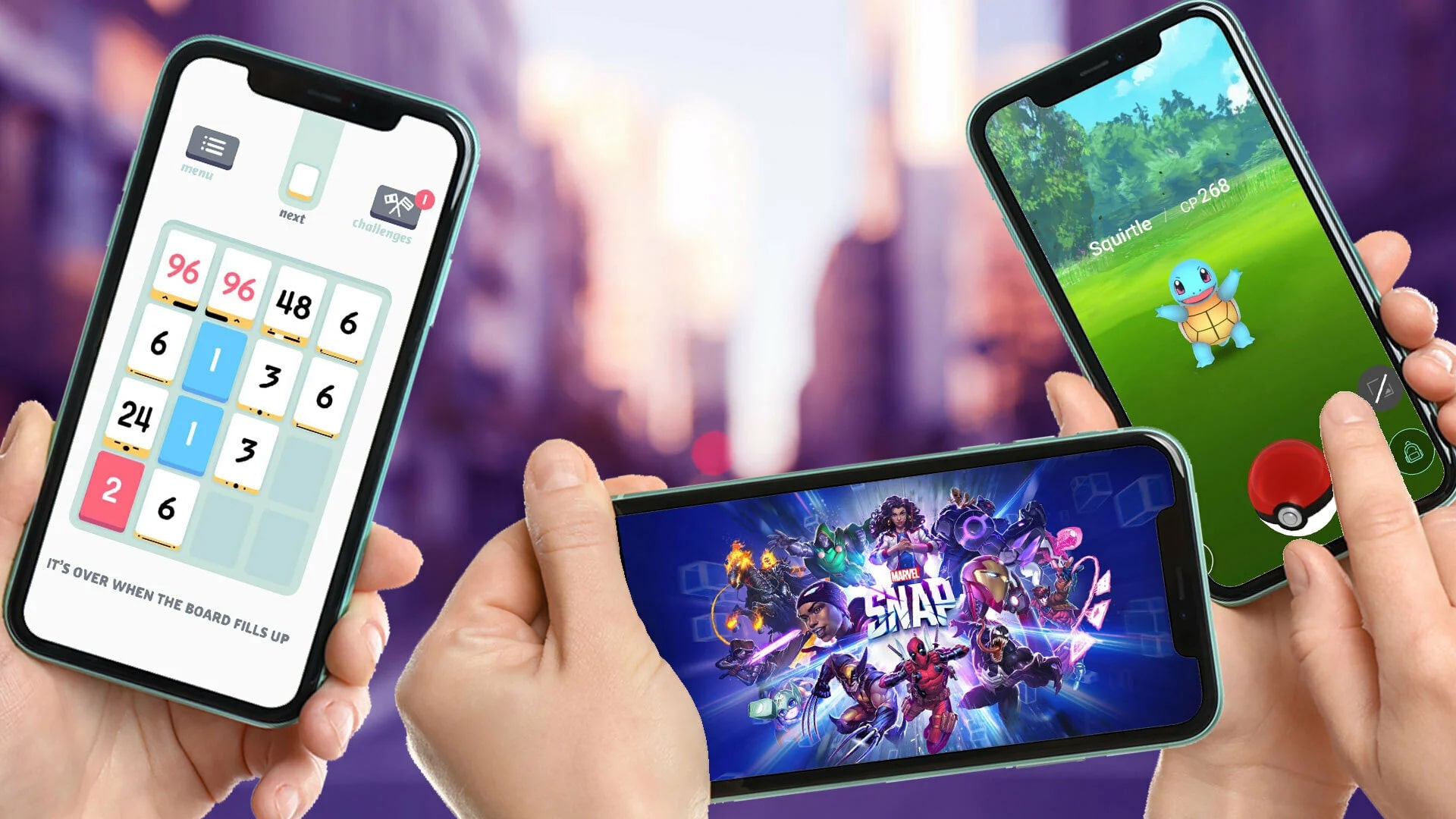
11 Mobile Gaming Trends to Look Out for
In the ever-evolving world of mobile gaming, innovation is our trusty sidekick. From the convergence of iconic intellectual properties (IPs) into immersive gaming experiences to the ever-advancing realm of graphics and gameplay, there’s a lot you can expect from 2023 onward.
Keep reading because these trends aren’t just changing how we play; they’re shaping the entire gaming world.
IPs Turn into Games
Streaming platforms such as Netflix, Disney, and Amazon are setting their sights on mobile.
Why? Here’s what we know:
- Many, many viewers engage with streaming platforms’ services through mobile devices besides traditional TV screens.
- Competition between streaming services is real. Fierce, fiery competition for subscribers, revenue, and content may lead them to double down on mobile games.
With Netflix placing a strong emphasis on gaming in 2023, we anticipate that other major streaming giants will also start exploring the gaming space. After all, there’s a lot of potential to attract new audiences, and the material is pretty much already there.
For example, Disney could take one of their intellectual properties (IPs) and license it to get games they know audiences will enjoy and engage with. This shift may involve companies like Roku, Amazon, HBO, Paramount, Hulu, as well as numerous other free, advertising-supported television providers.
Graphics and Gameplay Evolution
Mobile gaming is no longer about simplistic graphics and limited gameplay like it was back in 2008. As AAA gaming titles (like Genshin Impact) become more popular on mobile devices, the computational demands powering these games grow too.
So in 2023, we’re witnessing an evolution in both graphics and gameplay. Stunning on-chip rendering is blurring the lines between console and mobile games. Titles like “Genshin Impact” showcase console-quality visuals and open-world experiences right on your smartphone.
Several broader gaming and graphics trends are responsible for such improvements:
- Better lighting. Mobile games are getting better at making things look brighter and more realistic by using lots of different types of light sources. One important trick they use is called “ray tracing,” which makes the lighting in games seem more like real life.
- Cool visual effects. Games are adding cool effects after you take pictures or videos in the game to make the experience look even more awesome and make you feel like you’re really part of the game world.
Fancier and more interesting world details. Games are getting more detailed and interesting. They have fancier shapes, better colors, and lots of special effects like things that explode or make cool patterns. - Smooth playing. When you play games on your phone, they want it to feel really smooth and responsive so you feel in control. The good news: they’re making the games work even faster, like 120 times every second!

Fall of Hypercasual Games
It wasn’t that long ago when hypercasual games took center stage by offering bite-sized entertainment that’s easy to pick up and play. If you’ve played at least one of these games (like Temple Run or Among Us), then you know they’re not just simple; they’re addictive.
The likes of “Flappy Bird” paved the way, and today, hypercasual games are a genre of their own. But, when we compare the total downloads of hyper casual games in 2022 to those in 2021, we see a 10% decrease in this genre.
Now, we know that hypercasual games are still the most downloaded on all markets. But we also know that they’re nowhere near how popular they were back in 2021.
Does this signal the end of hyper-casual dominance? It’s too soon to say, as various factors could be behind the decline in downloads. What is clear, though, is the emergence of a new type of game: hybrid casual games.

Rise of Hybrid Casual Games
Hybrid-casual games are a fresh game style that grew from hyper-casual games.
In simple terms, hybrid-casual games blend elements from different genres to reach a wider group of players and make games more engaging and profitable. Typically, they combine the addictiveness of hyper-casual games with engagement and monetization features found in mid-core games.
The goal is to create a game that’s easy to pick up like a hyper-casual game but also keeps players engaged and offers opportunities for monetization, similar to a mid-core game.

Mobile Cloud Gaming
With 5G and cloud gaming platforms like Google Stadia and Xbox Cloud Gaming out, the era of mobile cloud gaming is officially here. In fact, cloud-based gaming is no longer a prediction about the future, it is the PRESENT of mobile games.
As more game developers optimize their titles for cloud gaming, players can expect a wider selection of games accessible on mobile devices. This means you can enjoy console and PC-level gaming experiences on your smartphone or tablet!

Mobile ESports and Competitive Gaming
Esports isn’t just for PCs and consoles anymore. Looking at all the trends and advances working together to make mobile gaming smoother and more enjoyable, we know that this has been a long time coming.
Mobile game publishers are aiming to enter the eSports arena, but as of now, only a few mobile games, like PUBG and Fortnite, have the audience for it.
We believe that it might take a few more years for mobile games to reach the same level of popularity as PC eSports games. Competitive mobile gaming is definitely a rising trend, but there are factors beyond audience engagement affecting its growth.
One key factor is computing power; mobile games are not as powerful as console games, despite their widespread use. But in a few years, things could be very different for mobile gamers.
Augmented Reality (AR) & Virtual Reality (VR) Gaming
Augmented Reality (AR) is like adding digital stuff to the real world. It works by using your device’s camera to see what’s around you, and then it puts things like digital objects or information on top of what you see in real life. It’s like a mix of the real world and the digital world!
On the flip side, Virtual Reality (VR) is about making a whole digital world that you can step into and feel like you’re really there. To do this, you wear a special headset that covers your view of the real world and replaces it with a made-up world you can interact with.
It’s INCREDIBLY easy to see how AR and VR could be useful in gaming across all devices. This is technically what gamers have been dreaming of ever since the first-ever role-playing game (RPG) came out.
We’ve already seen how Pokemon Go took off, and there’s a good chance that other games could do what it did back in 2016. But realistically speaking, not that good of a chance.
As you’ll soon read, technologies like 5G have done a lot of heavy lifting when it comes to augmented reality (AR) and virtual reality (VR) technologies. But in 2023, development costs are increasing steadily with inflation, recession, and interest rates on the rise.
Creating a good game can cost between $4 to $5 million, and making it successful is harder than it’s ever been. Today, developers will probably need to work harder to convince investors to pay up since players’ disposable income is growing thin and investment is riskier.
Does that mean VR and AR mobile games will die? No. But for now, we don’t expect them to become trendy hit games like what happened back in 2016.
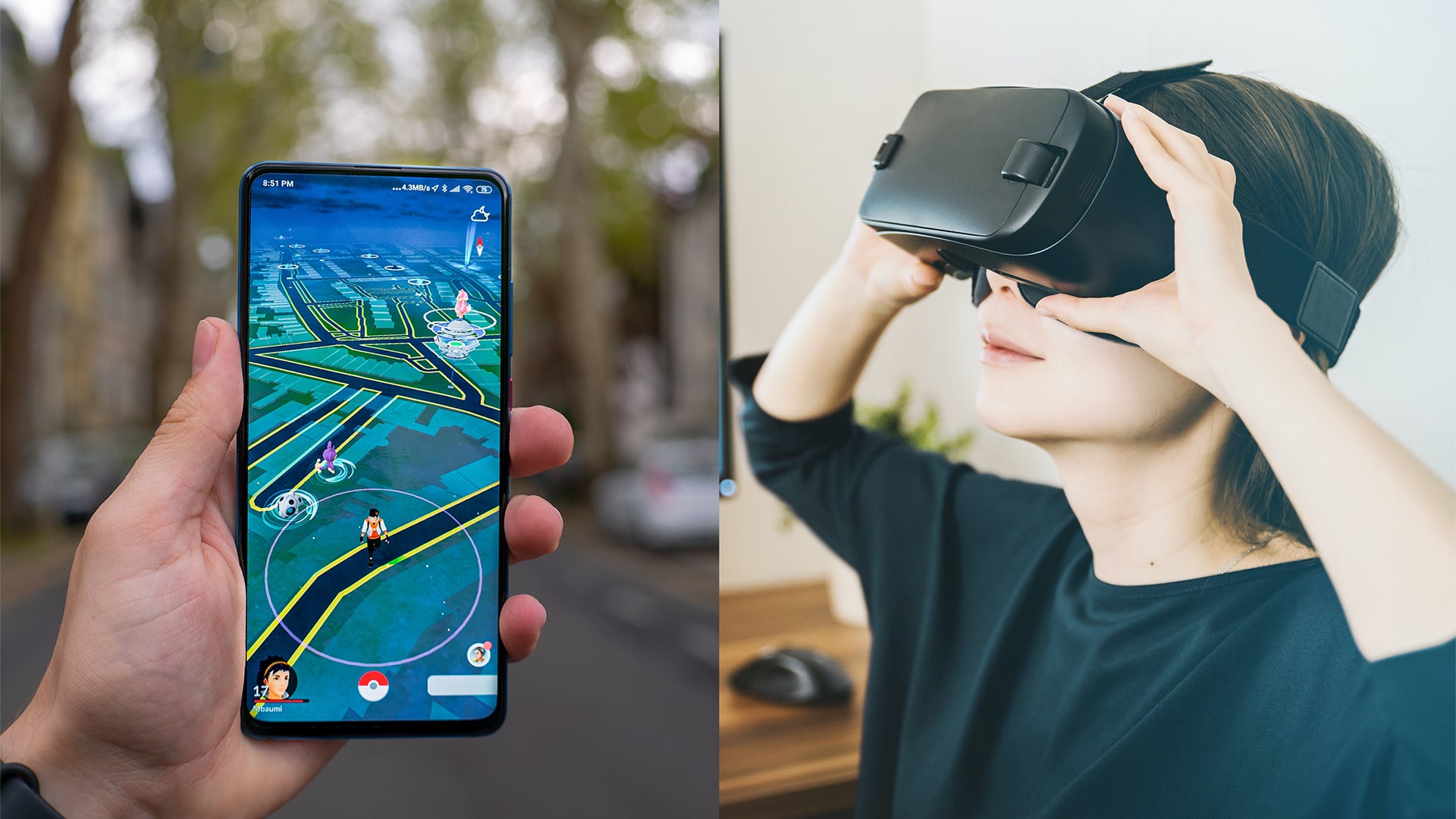
5G & Mobile Gaming
The rollout of 5G networks is transforming mobile gaming.
As internet speeds continue to improve and game libraries expand, mobile cloud gaming is becoming an increasingly accessible and exciting option for all gamers. Reduced latency and enhanced multiplayer experiences are just a few of the advances changing the way we play.
5G has also brought:
- Reduced lag. 5G’s low latency has practically eliminated the lag between player actions and on-screen responses. This is crucial for competitive multiplayer games where split-second decisions matter.
- Enhanced graphics. The higher bandwidth of 5G enables smoother streaming of high-quality graphics, even for graphically demanding games.
- Exclusive games. Game developers are starting to create titles that leverage 5G’s capabilities exclusively, opening up new possibilities for mobile gaming.
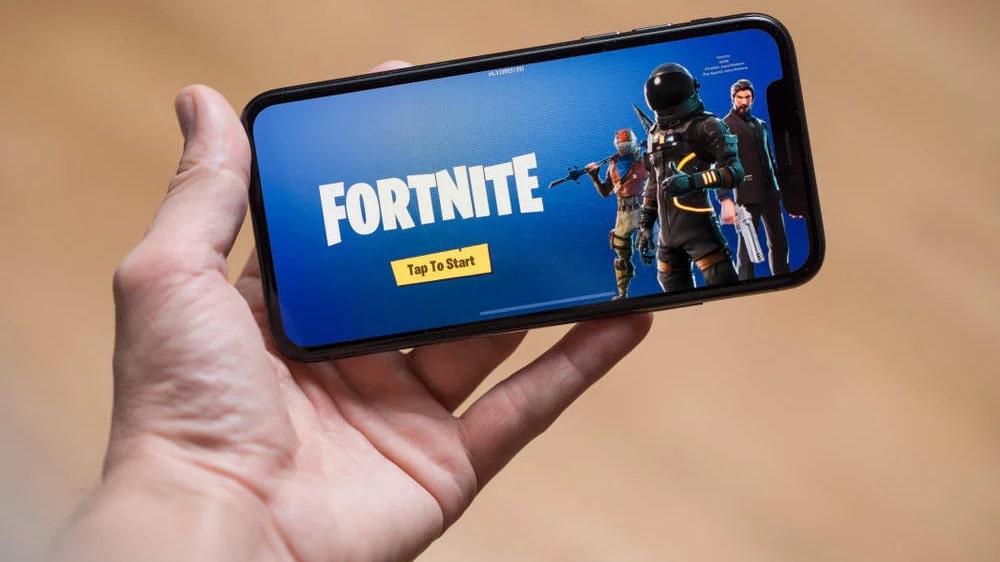
Free-to-Play / Microtransactions
After the App Store was launched in 2008, many people started showing interest in mobile games since there was finally a place to find every game all at once. At that time, around 80% of mobile games were paid for in a single upfront transaction, similar to the model used for console games (for example, Microsoft’s Game Pass).
But this approach had two big drawbacks:
- The audience for mobile gaming was still somewhat limited.
- Mobile games were much smaller and simpler than their console counterparts, which made sense because they had to be run on 2008 phones.
It was in 2009 that Apple decided to add the in-app purchase feature to its platform and begin a new era. After that, the free-to-play (F2P) business model became more prevalent as publishers found that free games essentially meant a bigger player base and more revenue opportunities.
Today, instead of focusing solely on players willing to make in-game purchases, developers and publishers have opted for a broader approach by incorporating ads. At first, in-app advertising seemed risky as it could very easily deter players from enjoying the game if overused.
On the other hand, too many or unpleasant ads could also affect in-app purchases (IAPs) and bring revenues down. However, creative ad formats, like rewarding players with in-game items for watching ads or offering playable ads, have been surprisingly well-received by players.
The free-to-play model continues to be the most widely used format for games. Now, monetization models mostly include microtransactions (paying for in-game items or bundles) and subscriptions (paying for more items and privileges over normal players).
Privacy and Security
As mobile gaming grows, so do concerns about privacy and security. Players are becoming more aware of their data’s value, prompting stricter regulations and developer efforts to ensure secure and private gaming experiences.
Security problems in mobile gaming can be a big problem for both players and gaming companies. They can lead to the exposure of personal information, which can cause serious financial losses and harm to the reputation of the individuals and companies involved.
And let’s not forget about cheaters. Gamers are fed up with cheating in games so they might leave the app for good once they encounter another player using cheats. This means developers who take action against privacy risks and cheaters will have a more satisfied player base.
Web3 & Crypto Gaming
Speaking of privacy in games, Web3 remains unrivaled as far as online security and privacy goes.
Crypto gaming saw a big surge in 2021, especially with the introduction of play-to-earn games. But when Bitcoin took a hit in 2022, the excitement around play-to-earn Metaverse games decreased.
However, it’s important to note that not everyone has forgotten about crypto games. We think that crypto gaming will likely regain its popularity in the coming years. As the technology matures and becomes more user-friendly, it could attract a new wave of gamers and investors.
In 2023, mobile gaming is likely to keep on embracing Web3 protocols as another major trend. Web3 tech, including blockchain and decentralized networks, offers enhanced transparency and security in online games. It also enables in-game purchases and the trading of virtual items.
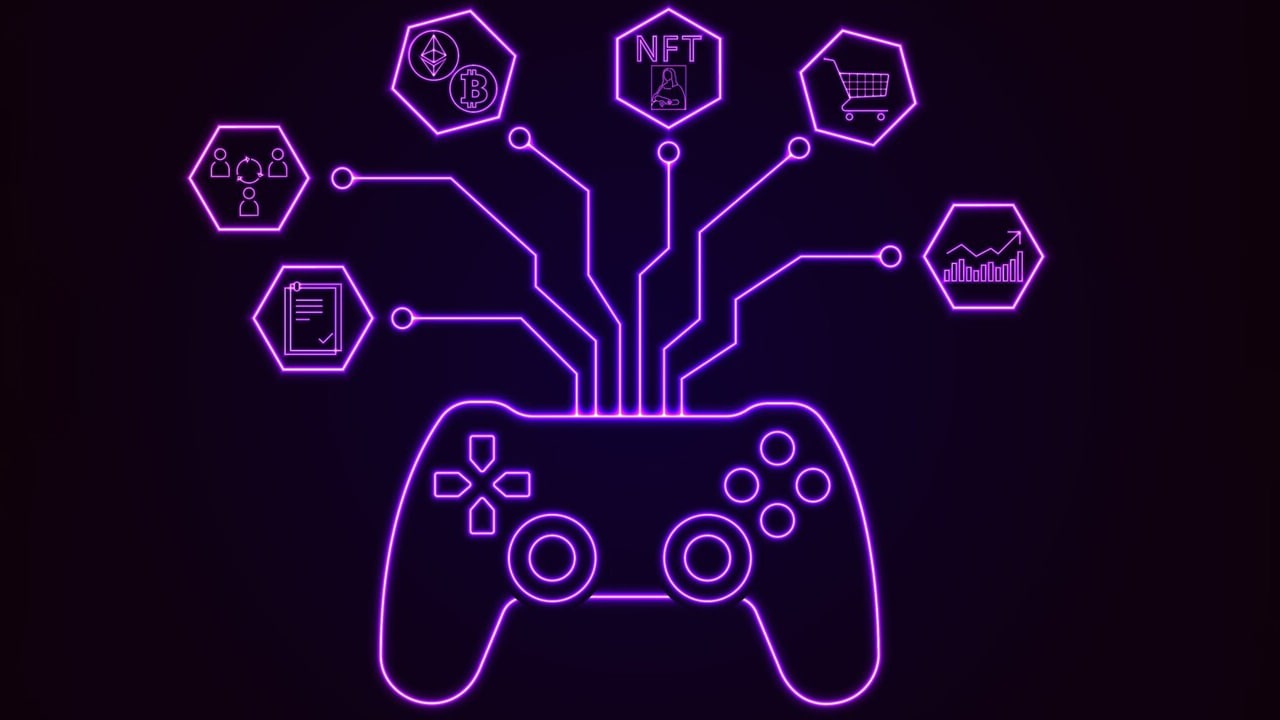
Conclusion
Exciting advancements like 5G, cloud gaming, IPs turning into mobile games, cross-platform play, eSports, and cutting-edge game development technologies are set to fuel the growth of the gaming industry.
But here’s the real revelation: Mobile gaming isn’t just a fleeting trend; it’s a bona fide cultural shift. It’s not just about playing games; it’s about forging connections and experiencing digital entertainment in an entirely new way.
The power to game, socialize, and immerse ourselves in fantastic virtual worlds is now within the grasp of billions, all thanks to that little device in our pockets.
Mobile Gaming Trends FAQ
What are hybrid-casual games, and how do they differ from traditional mobile games?
Hybrid-casual games are a new genre that combines the simplicity and addictiveness of hyper-casual games with engagement and monetization features found in mid-core games. They aim to be accessible like hyper-casual games but offer more depth and monetization opportunities.
How is 5G technology transforming mobile gaming?
5G technology is revolutionizing mobile gaming by reducing lag, enhancing graphics, and enabling exclusive game titles. It offers reduced latency, improved multiplayer experiences, and smoother gameplay, making mobile cloud gaming more accessible and exciting.
What is the current size of the mobile gaming industry in terms of revenue?
As of 2023, the mobile gaming industry is thriving, generating approximately $78 billion in revenue annually. It’s a massive and continually growing market.
Author
